 https://irandoostan.com/dostcont/uploads/2019/10/Niavaran2.jpg
423
564
Farima Fehrest
https://irandoostan.com/dostcont/uploads/2025/05/Irandoostan-logo.webp
Farima Fehrest2019-10-06 12:45:172025-04-13 14:54:36Niavaran Palace Complex: Photos, architecture, timing
https://irandoostan.com/dostcont/uploads/2019/10/Niavaran2.jpg
423
564
Farima Fehrest
https://irandoostan.com/dostcont/uploads/2025/05/Irandoostan-logo.webp
Farima Fehrest2019-10-06 12:45:172025-04-13 14:54:36Niavaran Palace Complex: Photos, architecture, timing
Top 10 Garden Museums in Tehran (Photos, Timing)
Tehran is known as “the city of museums” among people. This…

Iran Ethnic Groups: All You Need to Know About
Iran as the cradle of one of the most ancient civilizations in…
 https://irandoostan.com/dostcont/uploads/2019/01/Travel-Iran-Adventure-2.jpg
600
800
Farima Fehrest
https://irandoostan.com/dostcont/uploads/2025/05/Irandoostan-logo.webp
Farima Fehrest2019-01-14 10:24:372025-05-05 12:27:15What adventures you can do in Iran?
https://irandoostan.com/dostcont/uploads/2019/01/Travel-Iran-Adventure-2.jpg
600
800
Farima Fehrest
https://irandoostan.com/dostcont/uploads/2025/05/Irandoostan-logo.webp
Farima Fehrest2019-01-14 10:24:372025-05-05 12:27:15What adventures you can do in Iran?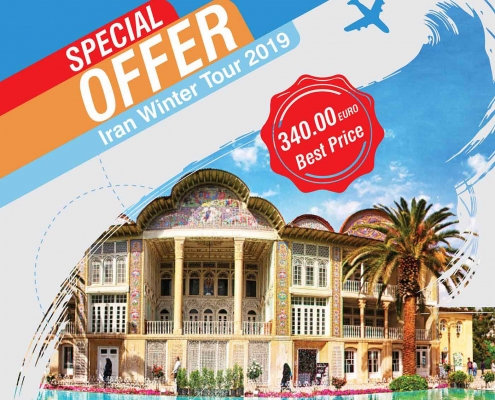 https://irandoostan.com/dostcont/uploads/2019/01/Iran-winter-special-offer-2019-1.jpg
1400
1400
Travel to Iran
https://irandoostan.com/dostcont/uploads/2025/05/Irandoostan-logo.webp
Travel to Iran2019-01-07 15:46:222023-12-19 13:35:10Iran Winter Tour 2019
https://irandoostan.com/dostcont/uploads/2019/01/Iran-winter-special-offer-2019-1.jpg
1400
1400
Travel to Iran
https://irandoostan.com/dostcont/uploads/2025/05/Irandoostan-logo.webp
Travel to Iran2019-01-07 15:46:222023-12-19 13:35:10Iran Winter Tour 2019
Best Iran Bazaars: from Tehran bazaar to Tabriz bazaar
Iran bazaars are among the astonishing tourist attractions that…
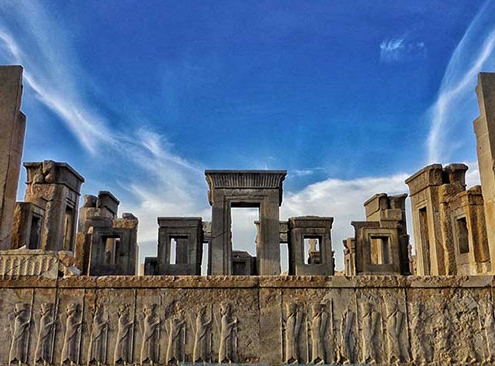
Iran travel guide: Culture, Nature, Attractions, Safety & more
Iran is one of the most ancient countries located in the west…
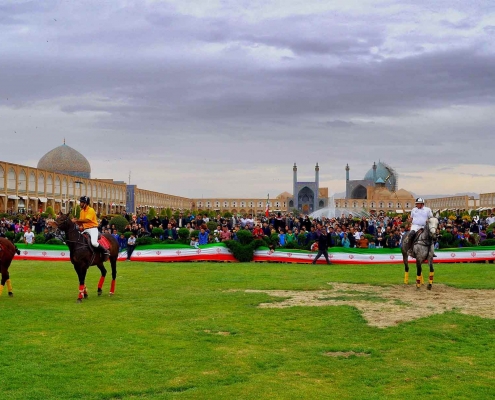 https://irandoostan.com/dostcont/uploads/2018/09/Polo-in-Naqsh-e-Jahan-Travel-to-Iran-2-Web-2.jpg
1220
2362
Iran Travel
https://irandoostan.com/dostcont/uploads/2025/05/Irandoostan-logo.webp
Iran Travel2018-09-30 14:43:562025-04-13 14:58:16Polo or Chogan (game): History, Rules & more
https://irandoostan.com/dostcont/uploads/2018/09/Polo-in-Naqsh-e-Jahan-Travel-to-Iran-2-Web-2.jpg
1220
2362
Iran Travel
https://irandoostan.com/dostcont/uploads/2025/05/Irandoostan-logo.webp
Iran Travel2018-09-30 14:43:562025-04-13 14:58:16Polo or Chogan (game): History, Rules & more
Naqsh-e Rostam Necropolis: Photos, Video, Info
Naqsh-e Rostam is an ancient necropolis situated northwest of…
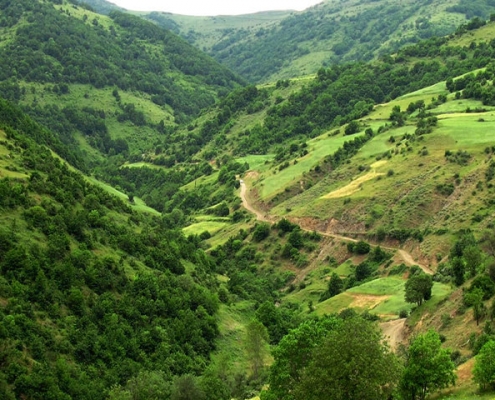 https://irandoostan.com/dostcont/uploads/2018/09/East-Azerbaijan-Province-Travel-to-Iran.jpg
480
640
Iran Travel
https://irandoostan.com/dostcont/uploads/2025/05/Irandoostan-logo.webp
Iran Travel2018-09-04 15:40:002025-05-05 11:44:43The Coldest Places in Iran during Hot Summer (P2)
https://irandoostan.com/dostcont/uploads/2018/09/East-Azerbaijan-Province-Travel-to-Iran.jpg
480
640
Iran Travel
https://irandoostan.com/dostcont/uploads/2025/05/Irandoostan-logo.webp
Iran Travel2018-09-04 15:40:002025-05-05 11:44:43The Coldest Places in Iran during Hot Summer (P2)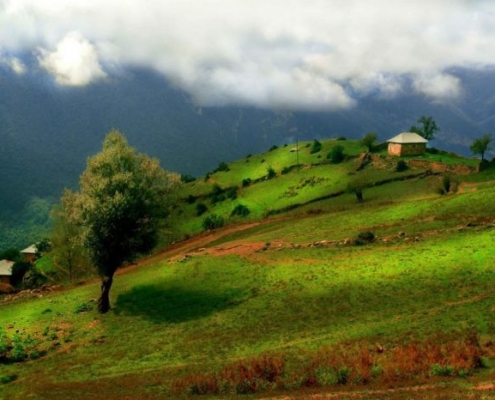 https://irandoostan.com/dostcont/uploads/2018/08/Alasht-Mazandaran-Travel-to-Iran.jpg
466
650
Iran Travel
https://irandoostan.com/dostcont/uploads/2025/05/Irandoostan-logo.webp
Iran Travel2018-08-27 12:08:562025-04-13 14:58:50The Coldest Places in Iran during Hot Summer Holidays (P1)
https://irandoostan.com/dostcont/uploads/2018/08/Alasht-Mazandaran-Travel-to-Iran.jpg
466
650
Iran Travel
https://irandoostan.com/dostcont/uploads/2025/05/Irandoostan-logo.webp
Iran Travel2018-08-27 12:08:562025-04-13 14:58:50The Coldest Places in Iran during Hot Summer Holidays (P1)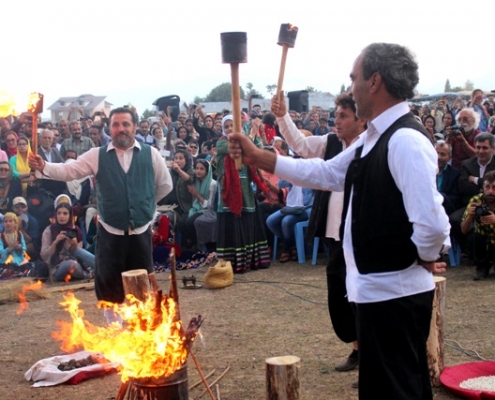 https://irandoostan.com/dostcont/uploads/2018/08/Nowruzbal-Ceremony-North-of-Iran-Travel-to-Iran-1-1.jpg
427
640
Iran Travel
https://irandoostan.com/dostcont/uploads/2025/05/Irandoostan-logo.webp
Iran Travel2018-08-21 16:18:352025-04-13 14:58:58Nowruzbal, the New Year in the North Part of Iran
https://irandoostan.com/dostcont/uploads/2018/08/Nowruzbal-Ceremony-North-of-Iran-Travel-to-Iran-1-1.jpg
427
640
Iran Travel
https://irandoostan.com/dostcont/uploads/2025/05/Irandoostan-logo.webp
Iran Travel2018-08-21 16:18:352025-04-13 14:58:58Nowruzbal, the New Year in the North Part of Iran
Fin Garden in Kashan: Photos, Architecture, Plan, History
Fin Garden, also known as Bagh-e-Fin, in Kashan, is one of nine…
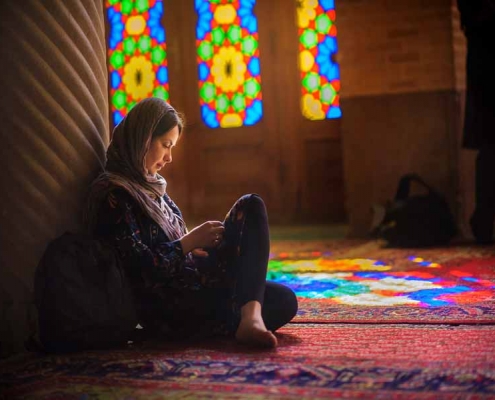 https://irandoostan.com/dostcont/uploads/2018/06/Travel-to-Iran-tours-to-Iran..jpg
600
800
Farima Fehrest
https://irandoostan.com/dostcont/uploads/2025/05/Irandoostan-logo.webp
Farima Fehrest2018-06-12 15:22:382025-04-13 14:59:4617 Things to Know Before Traveling to Iran
https://irandoostan.com/dostcont/uploads/2018/06/Travel-to-Iran-tours-to-Iran..jpg
600
800
Farima Fehrest
https://irandoostan.com/dostcont/uploads/2025/05/Irandoostan-logo.webp
Farima Fehrest2018-06-12 15:22:382025-04-13 14:59:4617 Things to Know Before Traveling to Iran https://irandoostan.com/dostcont/uploads/2018/05/Tomb-of-Hafez-Shiraz-Iran-1-e1526975298309.jpg
450
600
Farima Fehrest
https://irandoostan.com/dostcont/uploads/2025/05/Irandoostan-logo.webp
Farima Fehrest2018-05-21 13:01:542025-04-13 14:59:58Hafez (Persian Poet): Biography, Poems, Hafezieh
https://irandoostan.com/dostcont/uploads/2018/05/Tomb-of-Hafez-Shiraz-Iran-1-e1526975298309.jpg
450
600
Farima Fehrest
https://irandoostan.com/dostcont/uploads/2025/05/Irandoostan-logo.webp
Farima Fehrest2018-05-21 13:01:542025-04-13 14:59:58Hafez (Persian Poet): Biography, Poems, Hafezieh
Sheikh Lotfollah Mosque, Isfahan: Photos, Architecture
Sheikh Lotfollah Mosque is one of the masterpieces of Iranian…
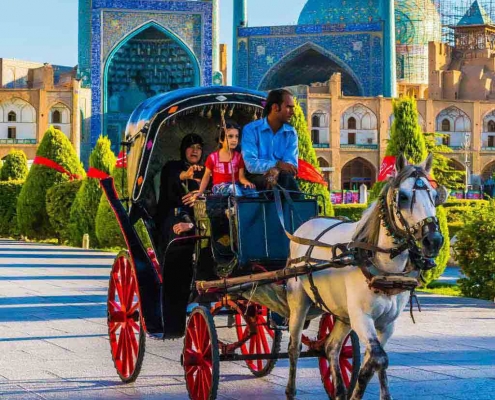 https://irandoostan.com/dostcont/uploads/2018/05/Travel-to-Iran-tours-to-Iran-bucket-list-of-2018-11-e1526975570428.jpg
400
400
Farima Fehrest
https://irandoostan.com/dostcont/uploads/2025/05/Irandoostan-logo.webp
Farima Fehrest2018-05-19 16:34:442025-04-22 16:36:398 Reasons to Visit Iran
https://irandoostan.com/dostcont/uploads/2018/05/Travel-to-Iran-tours-to-Iran-bucket-list-of-2018-11-e1526975570428.jpg
400
400
Farima Fehrest
https://irandoostan.com/dostcont/uploads/2025/05/Irandoostan-logo.webp
Farima Fehrest2018-05-19 16:34:442025-04-22 16:36:398 Reasons to Visit Iran
Saadi, the Great Persian Poet of All Time
Saadi Shirazi- Abu-Mohammad Muslih al-Din Shirazi- the great…


